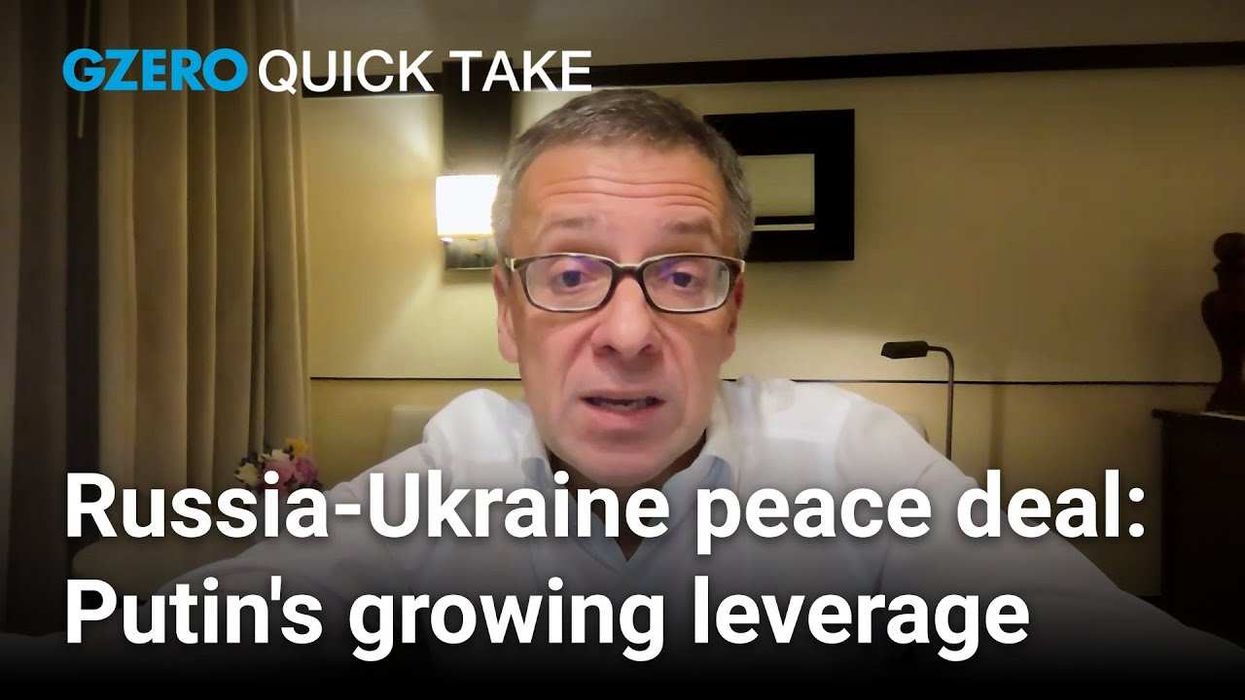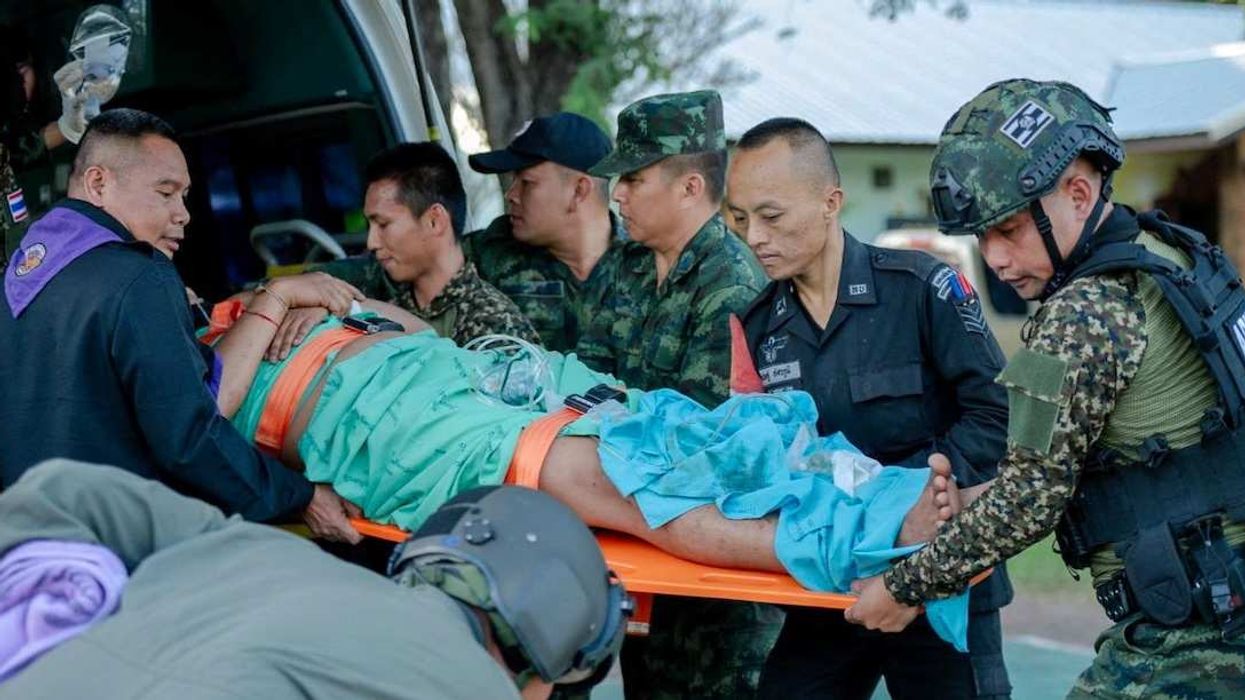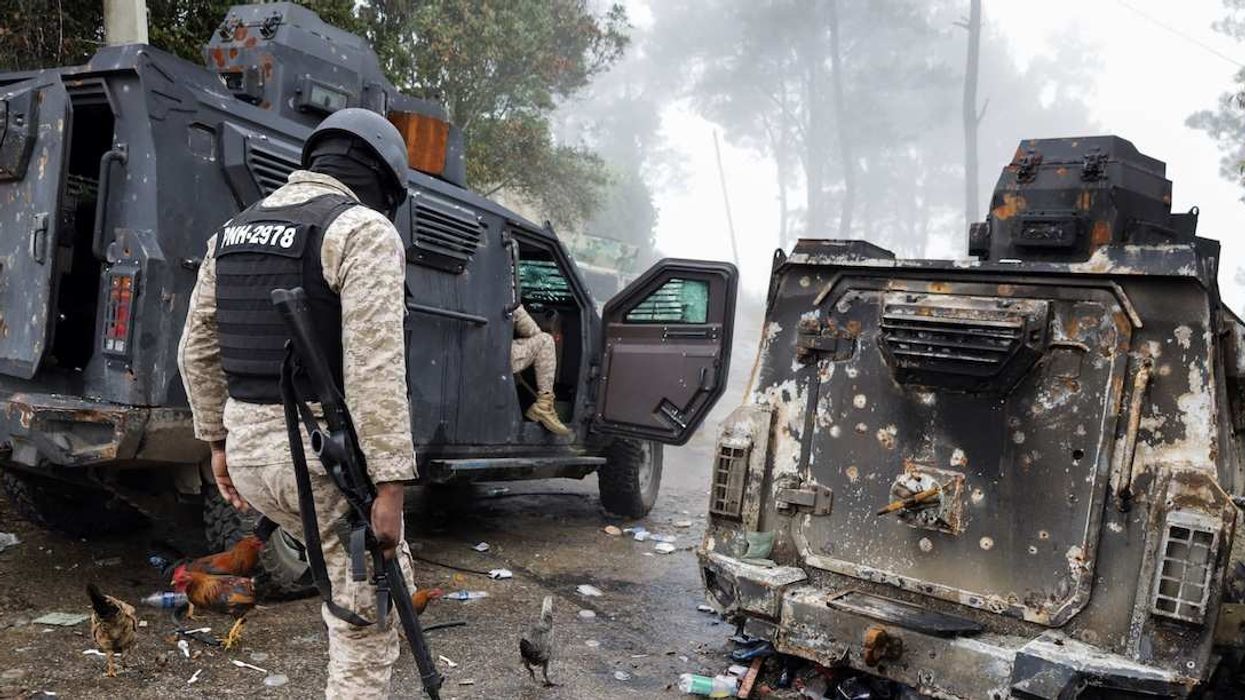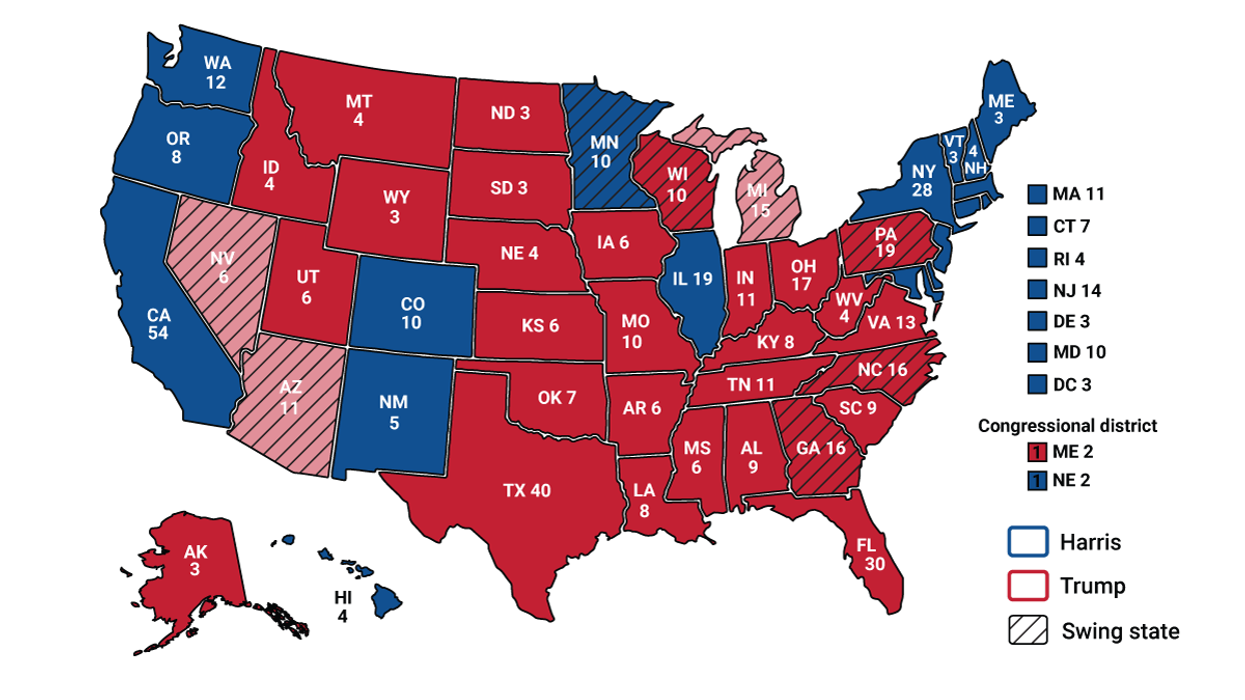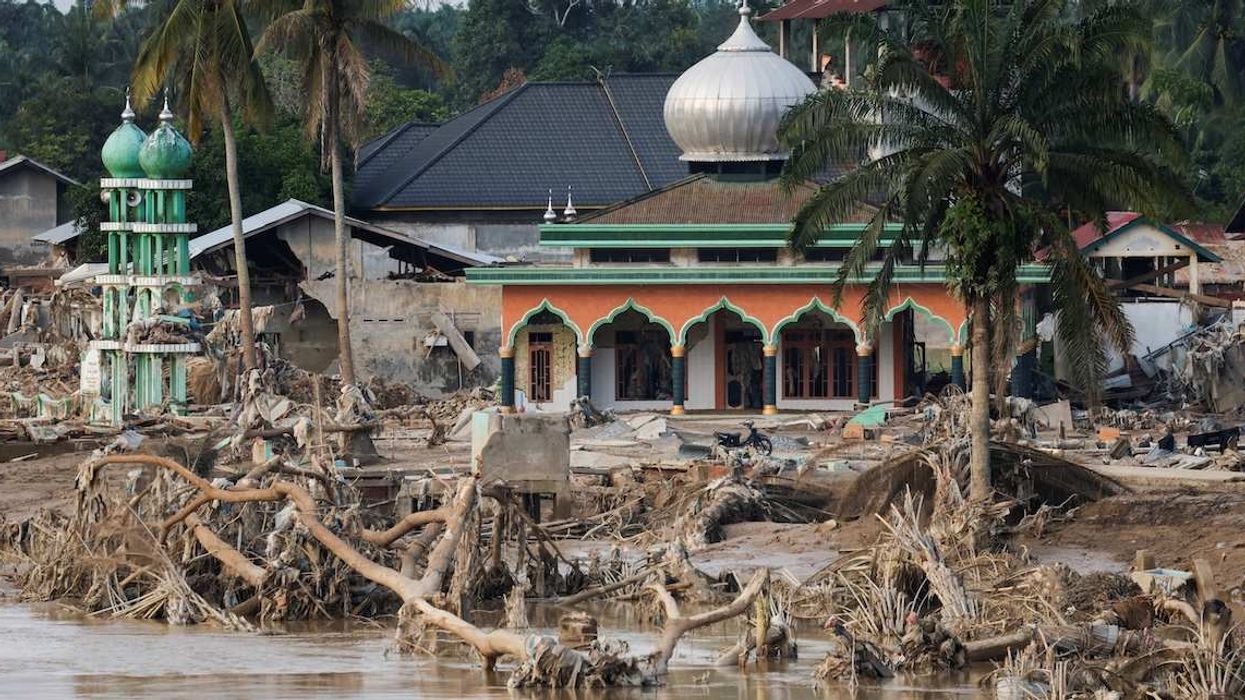Famine has officially hit Sudan’s Darfur region in Zamzam, a displacement camp with a population of roughly 500,000, as the civil war in the country continues to wreak havoc on the civilian population.
Zamzam is near the city of Al Fasher, home to 1.8 million people and the last significant holdout in Darfur against the RSF, with both sides of the conflict accused of blocking aid deliveries and using hunger as a weapon.
The top global authority on hunger crises, the Famine Review Committee of the Integrated Food Security Phase Classification, said, “The scale of devastation brought by the escalating violence in Al Fasher is profound and harrowing.”
This is just the third time a famine classification has been made since the system was set up 20 years ago. It means that at least 20% of the population suffers extreme food shortages, 30% of children are acutely malnourished, and two people in every 10,000 die daily from starvation or malnutrition and disease.
On Tuesday, Sudan’s government conditionally accepted an invitation to attend US-sponsored peace talks in Geneva. The effectiveness of the talks is highly uncertain in a region prone to failed cease-fire conversations.




